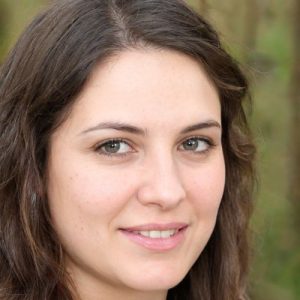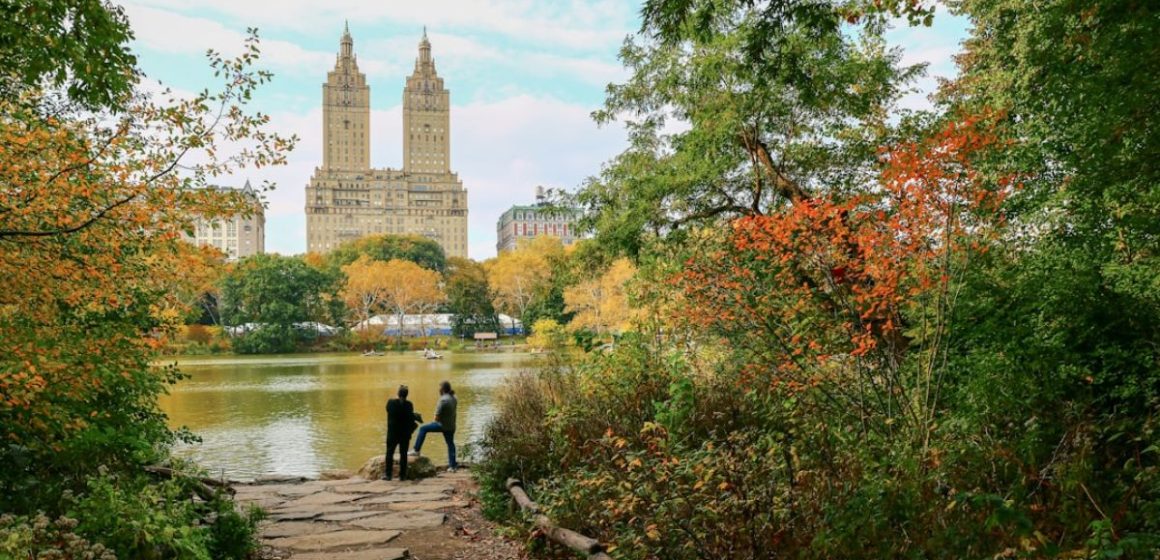Both visitors and residents of New York City find solace in Central Park, the vast green core of Manhattan. With its famous Sheep Meadow and magnificent Belvedere Castle, the park provides a comfortable haven in the middle of the busy metropolis.
Undiscovered gems are waiting to be found, though, beyond the well-traveled roads and picture-perfect surroundings.
More than just expansive views may be seen at Central Park. Get ready for its hidden treasures to wow and enchant you! So prepare for an exciting excursion through the lesser-known areas of this well-known park by putting on your walking shoes and packing a sense of adventure.
Shakespeare is everywhere in the Shakespeare garden
Should you be unsuccessful in obtaining tickets for Shakespeare in the Park, you can still visit the four-acre Shakespeare Garden located at 79th Street on the west side of the park.
But everything grown there is referenced in a Shakespearean play, and the majority of the labels bear the precise citation, making it easy to identify a rose by name.
One of the artifacts dates to 1811
In Central Park, there is a rock with a big metal bolt sticking out of it. The tale? This is thought to be one of the original survey bolts from the 1811 Commissioner’s Plan, which was the first map of the city of New York.
These bolts indicated the intersection of two streets; you won’t find any elsewhere in the city. However, the tradition goes that the bolt is still there since Central Park was included to the plan thereafter.
The lampposts can help you find your bearings

This is what you do: In Central Park, there are four digits on each light post. The first two show which cross street is closest, while the second set indicates which side you are on (odd indicates west, even signifies east).
The Ramble Cave existed, although it was very dubious
When laborers were first building Central Park in the early 1900s, they came across a naturally formed cave close to the Ramble. The cave attracted shadowy, underworld activity (physically and metaphorically), as one might expect.
The city eventually filled it with asphalt on both ends.
Read Also: Chill Destinations: 5 Relaxing Small Towns in Tennessee for 2024
There remain the decaying remnants of a former tavern
There are the crumbling ruins of a century-old stone building behind the Conservatory Garden at 105th Street. Because of the McGown’s Pass Tavern, which closed in 1915, these ruins are now known as McGown’s Pass.
The Academy of St. Vincent was established in 1845 and later housed a hotel, restaurant, and museum (albeit not simultaneously).
The original building was mostly damaged by fire in 1881. It serves as a compost pile at the Central Park Conservatory these days.
Read Also: Idaho’s Hidden Gems for Retirement: Top 5 Picks
Curved roadways prohibit carriage and horse races
Horse-drawn carriages were the only mode of transportation available in the 19th century, but they are now a contentious matter in New York.

In order to discourage horse-drawn carriage racing, Central Park’s paths were purposefully curved back in the 1850s. A Vin Diesel drag racing movie with a horse and buggy would be a great concept if ever there was one.
Read Also: Summer Escapes: Explore Wyoming’s 5 Loveliest Small Towns This Season
A casino called Central Park previously stood there
Where the Central Park Casino formerly stood, on the east side of the park close to the intersection of 5th Avenue and 72nd Street, is now a children’s playground; nevertheless, the word “casino” is derived from the Italian word for “little house” and does not refer to a gambling establishment.
It was initially called the Ladies’ Refreshment Salon, which makes sense considering the atmosphere of the Ramble Cave. After Prohibition ended, the Casino evolved into a well-liked speakeasy and swanky nightclub that catered to both sexes.
Robert Moses, in keeping with his style, destroyed the joint in 1936 after it came under fire for being excessively costly during the Great Depression.
Read Also: Island Wonders: Georgia’s Top 5 Scenic Getaways
To Conclude
The hidden treasures of Central Park are opportunities to explore the park’s rich history and make new memories, not just historical facts. So, the next time you’re in Central Park, forgo the well-traveled paths and go out to discover these hidden gems.
This famous green area is made even more magical by each hidden gem, from buried caverns to Shakespearean gardens. Investigate, find, and let yourself to be mesmerized by the surprising gems that lie ahead!



Leave a Reply